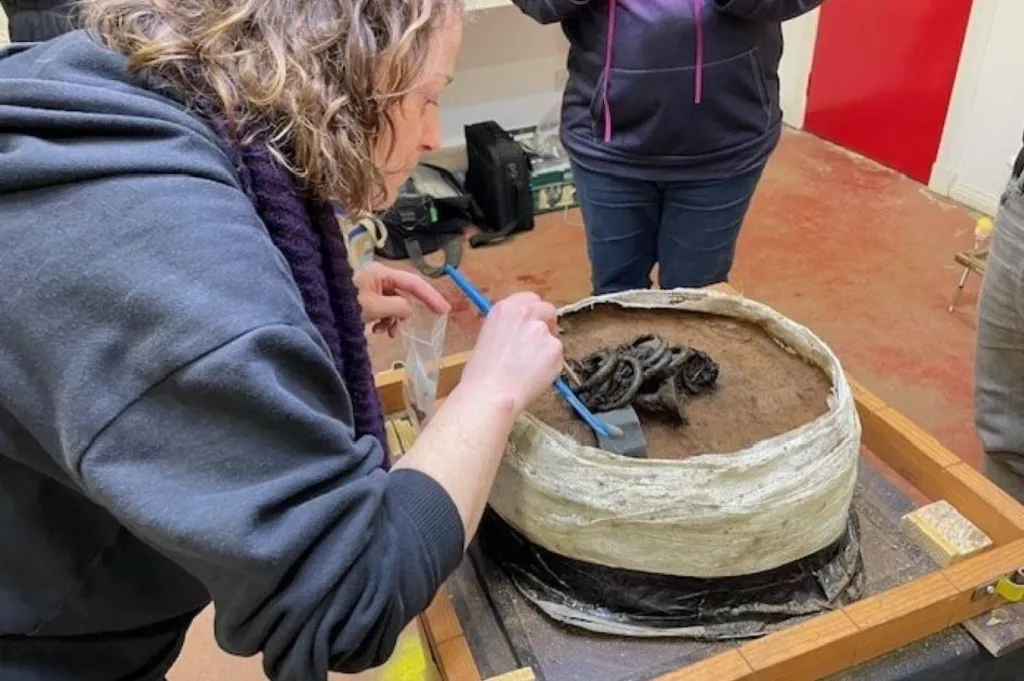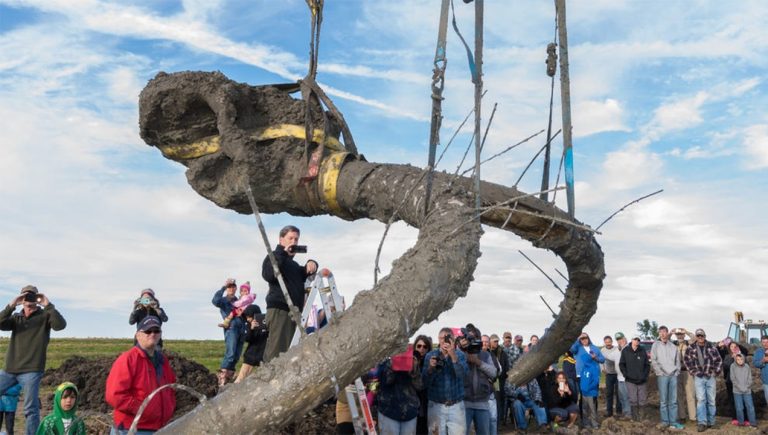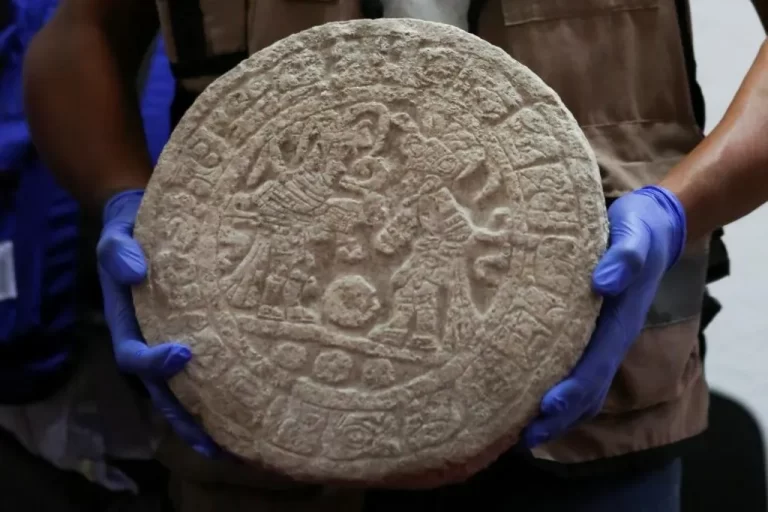Plant remains survived 3,000 years on Bronze Age bracelets
Rare plant remains have been discovered on Bronze Age jewelry found in the Highlands. Archaeologists say the fibrous cords used to tie the bracelets have lasted for about 3,000 years. The ancient collection, which was carefully buried, was discovered at a building site in Rosemarkie on the Black Isle, where a Bronze Age village once existed. It includes nine bronze bracelets and necklaces, buried around 1000 BC.
Guard Archaeology, in collaboration with Scottish Conservation Studio, conducted laboratory tests on the discoveries. Rachel Buckley, who led the investigation, explained, “While other hoards have suggested that items were bound together based on their position, the preserved vegetation in the Rosemarkie hoard confirms that these artifacts were indeed held together.”
Archaeologists believe these findings will enhance our understanding of the lives, beliefs, and deaths of Bronze Age people in the Highlands. They also add valuable information to what Guard Archaeology has learned from another Bronze Age hoard they excavated in Carnoustie.

Iraia Arabaolaza, who oversees the analysis at Guard Archaeology, noted that there is interest in how the hoard was buried. She explained, “It looks like a shallow pit was dug to fit the items and then quickly filled in. It might have been intended for temporary storage, with plans to recover the hoard later.”
She added that evidence from the nearby settlement could show whether the hoard’s abandonment was linked to the abandonment of the settlement itself. The archaeological work was funded by developer Pat Munro (Alness) Ltd.



